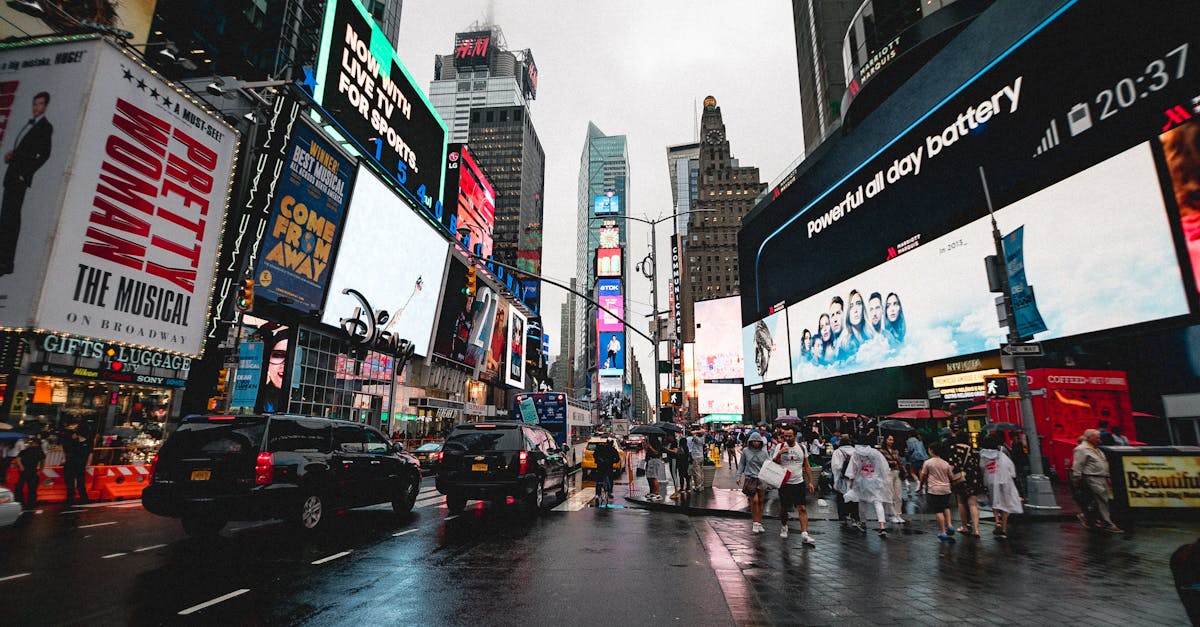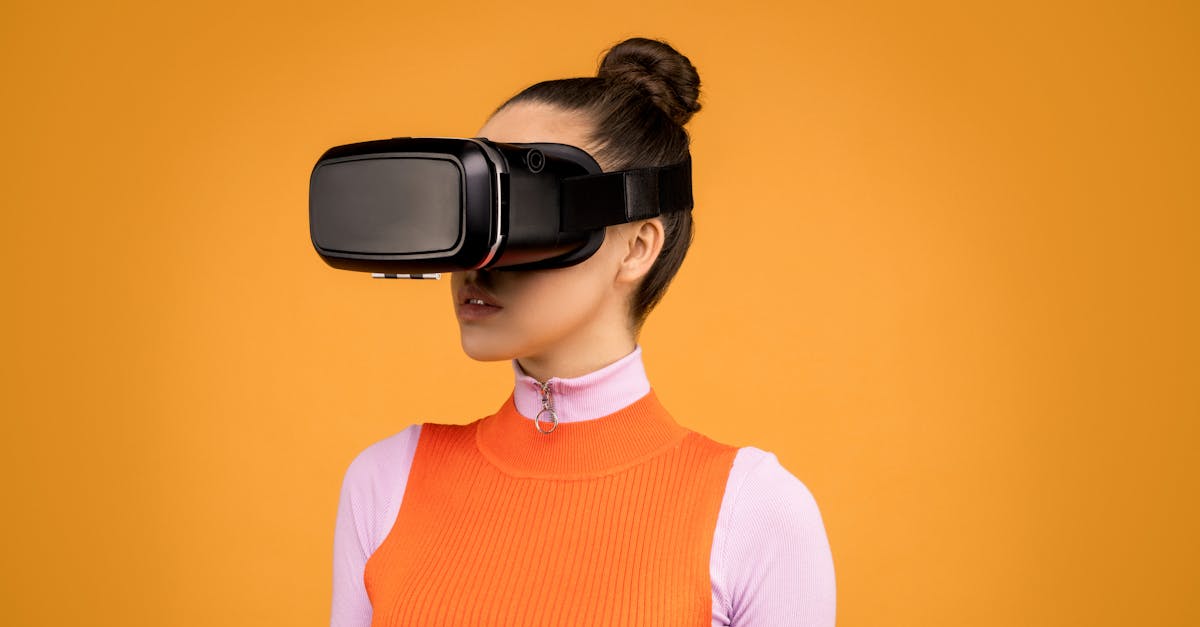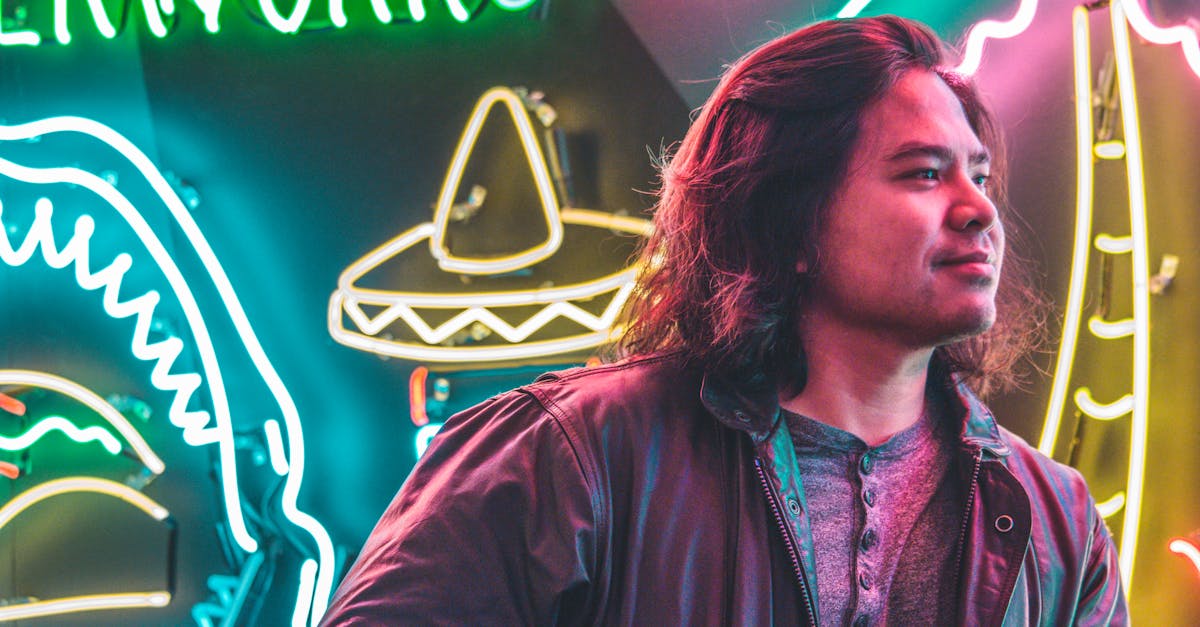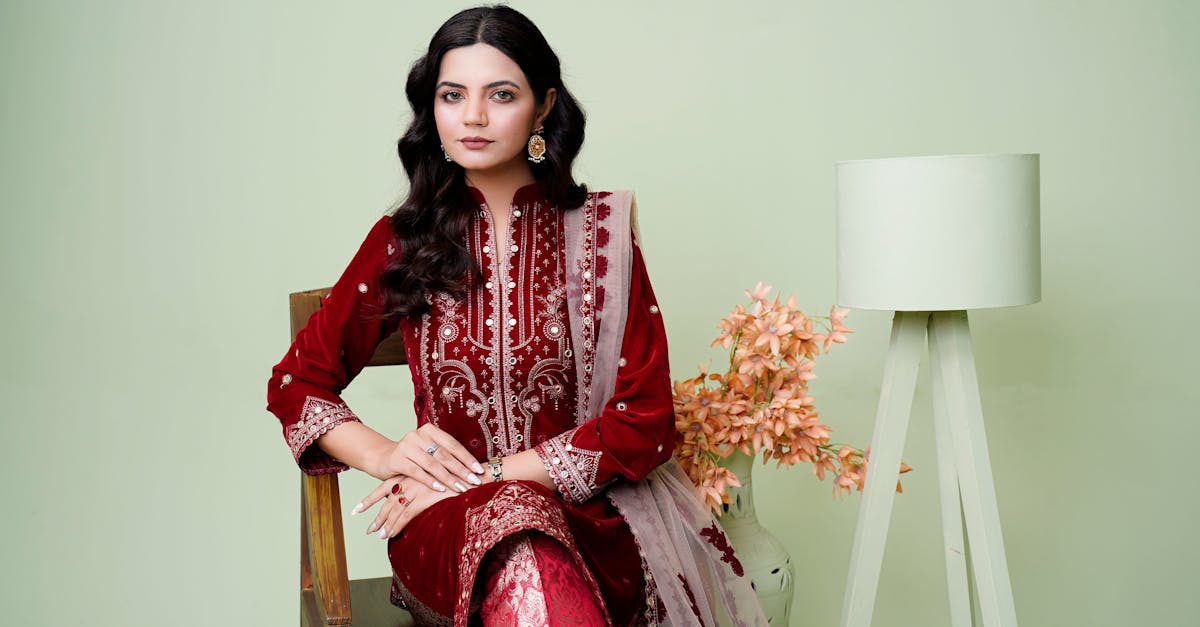Visionary Fashionista Trends 2030
Introduction
Fashion has always been a mirror reflecting societal changes, cultural shifts, and technological advancements. As we approach 2030, the fashion industry is on the cusp of a revolutionary transformation, driven by sustainability, inclusivity, and innovation. Fashion enthusiasts are not only interested in new aesthetics but also in concepts that challenge traditional norms. With the integration of technology, visionary design, and global influences, a new era of fashion is emerging. What trends will dominate the fashion scene of 2030, and how will they shape the way we express ourselves? This article delves into the futuristic trends of tomorrow, presenting a glimpse of the wardrobe of the future.
Advertisement
Sustainable Fashion Forward
Sustainability is leading the charge in reshaping the fashion industry. By 2030, eco-conscious consumers will prioritize materials like biodegradable fabrics, recycled fibers, and plant-based textiles. Brands will invest in eco-friendly production processes and ethical labor practices, reducing their carbon footprint. The rise of circular fashion will see garments being recycled, resold, or transformed into new pieces, striving for zero waste. Modular clothing that allows for customization and minimal waste will be more popular. With advancements in technology, biodegradable smart fabrics that adapt to environmental conditions will become standard.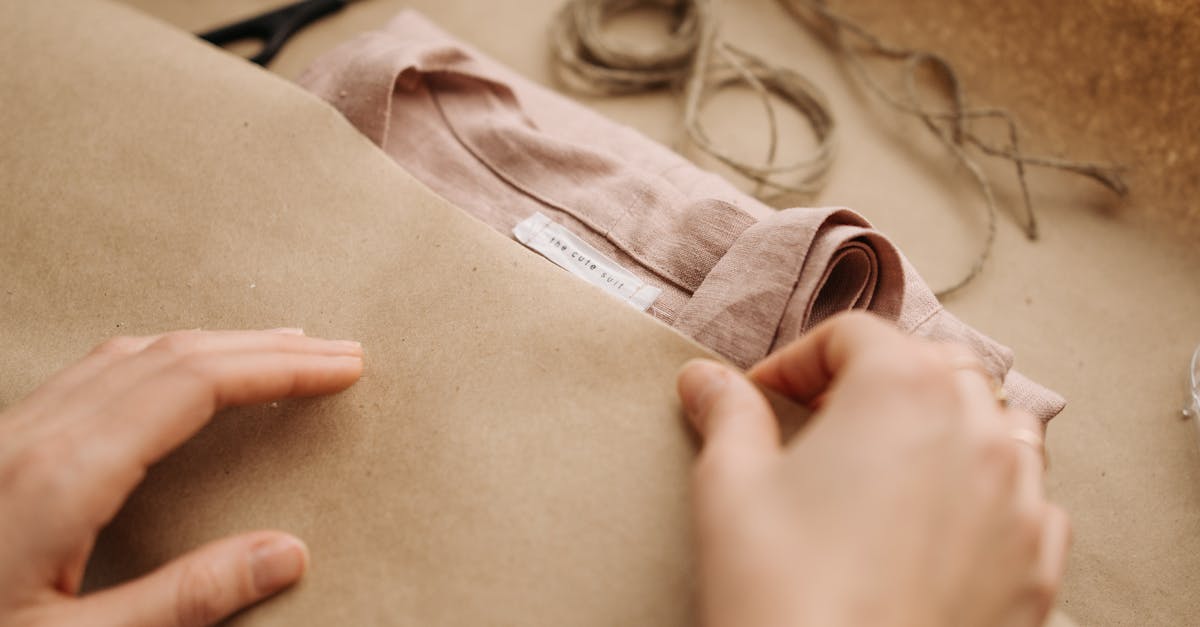
Advertisement
Smart Textiles and Wearable Technology
Smart textiles are set to redefine the boundaries between fashion and technology. The integration of microelectronics will allow clothes to monitor health metrics, like heart rate and temperature. Innovation in nanotechnology will enable garments that can change colors based on emotions or surroundings. Fashion items will double as tech gadgets, with solar panels for charging devices and biometric sensors embedded within the fabric. Virtual fittings through augmented reality will transform the shopping experience, eliminating the need for physical change rooms, while AI-driven personalization will enhance these interactions.
Advertisement
Hyperpersonalized Fashion Experiences
The future of fashion is hyperpersonalized, catering to individual needs, preferences, and body types. Advanced AI algorithms will predict trends and suggest online styles tailored to personal tastes. 3D body scanning will ensure perfect fit and comfort, creating custom garments without the inconvenience of traditional tailoring. Furthermore, personalized subscription boxes featuring curated outfits will surge in popularity. Digital fashion avatars will facilitate actor-to-designer collaborations, allowing consumers to virtually "try on" and customize garments before purchasing. This rise of individual-centric fashion will redefine authenticity and originality.
Advertisement
Return to Maximalism
While minimalism has reigned in previous years, fashion in 2030 will embrace maximalism. Bold prints, vibrant colors, and eclectic styles form the core of this trend, inviting fashionistas to express themselves unapologetically. The mix-and-match approach will rise, leading to visually dynamic ensembles. Designers will experiment with unconventional shapes, exaggerated proportions, and intricate embellishments. Vintage influences from various eras will merge, creating a kaleidoscope of nostalgia and modernity as designers pay homage to past fashion icons while innovating.
Advertisement
Cultural Style Fusion
The global exchange of ideas is fostering a symphony of cultural styles, breaking conventional boundaries. Fashion will draw inspiration from diverse cultures worldwide, resulting in a unique blend of textures, patterns, and silhouettes. The cross-pollination of ethnic designs with contemporary fashion will pave the way for multilayered narratives. Art, history, and identity intertwine as designers create garments that honor different heritages. Furthermore, collaborations with indigenous artisans will enable authenticity while promoting cultural preservation and recognition.
Advertisement
Gender Fluidity and Inclusivity
Fashion in 2030 will celebrate fluidity and inclusivity, dismantling outdated gender norms. Designers will focus on unisex collections that cater to a wide range of body types and gender expressions. Fashion shows will showcase a diverse array of models, highlighting the beauty in variation. Traditions like fashion weeks may adapt to showcase inclusive and immersive digital platforms. With ongoing discourse around representation, designers will emphasize acceptance and authenticity and share stories of marginalized voices through their collections.
Advertisement
Digital Fashion Revolution
Digital-only fashion collections will become increasingly prevalent, offering revolutionary landscape shifts. As the metaverse grows, virtual fashion, or "phygital" clothing, will become mainstream. Fashionistas can purchase digital garments to be worn in virtual environments, blurring lines between physical and digital experiences. These digital pieces may even aid in raising funds for charitable causes or environmental efforts. Brands will leverage social media to experiment with virtual runway shows and digital influencers, expanding outreach and interaction with global consumers.
Advertisement
Ethical Fashion Leadership
By 2030, ethical practices will stand as pillars of the fashion industry. Farewell to fast fashion and welcome ethically sourced, locally produced garments. Brands will use blockchain technology to ensure transparency in supply chains and allow customers to trace the journey of their clothes. Fashionistas will prioritize eco-friendly brands that champion ethical manufacturing, fair wages, and humane working conditions. Legislative measures will encourage responsibility, and consumer demand will pressure brands to uphold moral integrity as they navigate this transformative era.
Advertisement
Conclusion
The visionary fashionista trends of 2030 promise an era of innovation, inclusivity, and connectivity. Sustainability, technology, and personal expression will redefine garments and their stories. As new trends and practices emerge, the fusion of diverse cultural heritages with modern technology will craft groundbreaking sartorial experiences. Fashion will serve as an extension of individual identity, engaging and challenging societal norms. Ultimately, the future of fashion is one of empowerment, affirming that style is an evolving narrative reflective of our collective aspirations and dreams.
Advertisement



